Background
At SEMI in North America, the Information & Control Committee meets three times per year; spring summer and fall. This year the spring meetings were held on April 3-5. The meetings include task forces with leaders from Cimetrix on the GEM 300, ABFI (Advanced Backend Factory Integration), GUI, DDA, CDS task forces as well as the committee meeting on the final day. This is a summary of what happened in the task forces I am highly involved in including GEM 300, ABFI and DDA.
GEM 300 Task Force
After very busy previous GEM 300 task force meetings over the last couple of years, this is the first time in a long time that the GEM 300 task force did not have a major ballot up for voting. A major update to the GEM standard (SEMI E30), ballot 6572C, is awaiting publication at SEMI but was previously approved. In our task force meeting this week, we primarily discussed a new ballot proposed by a couple of active task force members regarding SEMI E172, SPECIFICATION FOR SECS EQUIPMENT DATA DICTIONARY (SEDD). The proposed new ballot would enhance the E172 SEDD file to add:
- alarm names
- a new “well known” element to all collection events, data variables, status variables, equipment constants and alarms.
- enhanced comments in the schema file
- possibly a few schema changes regarding the handling of empty lists
The major new feature is the “well known” element. When an equipment supplier creates a GEM interface on the equipment and related GEM 300 standards, the implemented SEMI standards define required collection events, data variables, status variables, equipment constants and alarms which much be available. However, the actual name for each required item published in the GEM interface is not specified in the standard and is not a strict requirement. As a result, implementations of GEM and GEM 300 standards use different names for the same required item. For example, the GEM standard requires collection event “Control State REMOTE” to notify when the operator changes the equipment to remote control. One implementation might call this collection event “ControlStateRemote” while other implementations might call this collection event “Control State REMOTE” or “CntrlStateREMOTE”. All of these names are valid and GEM Compliant. The “well known” element in the E172 SEDD file would allow items in the GEM interface to be assigned a tag mapping it to a required item in a SEMI standard. Each SEMI standard in turn will need to be updated to define “well known” names to use in the E172 SEDD File. This new feature will allow GEM host software to have increased plug-and-play intelligence when connecting to a GEM interface to identify standard features. EDA (Equipment Data Acquisition) interfaces solved this problem in the SEMI E164 standard. The proposed “well known” names to be used in a GEM interface are expected to use the same names currently found in SEMI E164. Then SEMI E164 can be updated to reference the same “well known” names. This will be a lot of work to standardize, but will be a valuable feature. The upcoming GEM revision already defines how an SEDD file can be transmitted through the GEM interface using Stream 21 messages.
Additionally, the task force discussed SEMI E87 and the new carrier ready to unload prediction. Prior to these discussions on April 3, I had thought that the state model was stabilized enough to implement. However, the work for ballot 6835 has been redefined to include additional work to modify the state model yet again. With this redefined scope, a new ballot number will be issued by SEMI. The task force is investigating changing the state model to predict transition to a final carrier accessing state (carrier complete or carrier stopped) instead of predicting transition to the carrier ready-to-unload state. The assumption is that the time between carrier completion and ready-to-unload states is fixed, and that it might be more useful for internal buffer equipment to predict carrier completion instead than ready-to-unload. Additionally, a few of the states are proposed to be changed.
Both activities are expected to happen quickly and be submitted for SEMI voting cycle 5 in 2023.
ABFI (Advanced Backend Factory Integration) Task Force
A new specification (ballot 6924, Specification for Equipment Management of Consumable and Durables) and subordinate standard (ballot 6925, Specification for SECS-II Protocol for Equipment Management of Consumable and Durables) were submitted for voter feedback since the committee last met in the fall. During the Spring meetings, the voter feedback was adjudicated. The ABFI Task Force and the I&C (Information & Control) Committee agreed to fail ballots 6924 and 6925. There were a few technical mistakes in the ballots that need to be reworked. Most of the feedback identified editorial mistakes or improvements in the ballot. Only a few minor technical issues need to be ironed out. I will be reworking both ballots, seeking task force member feedback and submitting them to the upcoming SEMI Cycle 5 voting. The voting feedback from the last cycle makes me optimistic that the ballots will soon pass and become new standards.
The task force also spent time discussing and debating SEMI E142 substrate maps and how they might be used in specific traceability situations.
DDA (Diagnostics Data Acquisition) Task Force
The DDA task force and Information & Control committee pass several ballots proposed by the DDA task force including:
- Ballot 7001 – Revision to SEMI E125-1022 Specification for Equipment Self Description (EqSD) and SEMI E125.2-1022 Specification for Protocol Buffers for Equipment Self Description (EqSD)
- Ballot 7002 – Revision to SEMI E132-0922 Specification for Equipment Client Authentication and Authorization and SEM E132.2-0422e Specification for Protocol Buffers for Equipment Client Authentication and Authorization (ECA)
- Ballot 7003 - Revision to SEMI E134-1022 Specification for Data Collection Management and SEMI E134.2-1022 Specification for Protocol Buffers of Data Collection Management
- Ballot 7017 - Line Item Revision To SEMI E120.2-0922: Specification For Protocol Buffers For Common Equipment Model (CEM)
All of these ballots are part of the effort to develop a “freeze 3” version of the EDA (Equipment Data Acquisition) standards, where the underling protocol will use gRPC and Protocol Buffer technology instead of the current SOAP and HTTP seen in EDA freeze versions 1 and 2.
Ballot 7002 includes multiple editorial changes and technical changes. The technical changes will result in a Ratification ballot for SEMI Cycle 4 voting. If the Ratification ballot passes, then ballot 7002 will pass. But if it fails then ballot 7002 will also fail and have to be reworked.
While handling the considerable work adjudicating all of the ballot negatives and comments, the task force considered some new cases. For example, the task force discussed the role of the Security Admin, and whether it should be used only for EDA interface management as designed today or whether it should also provide additional EDA diagnostics capabilities.
For the first time in a very long time, no DDA ballots are proposed for the next voting cycle (other than the Ratification ballot). The task force co-leaders are hoping to let SEMI publication catch up and to plan another event where companies can test EDA against other implementations. The previous tests were limited to E132. Since then some major changes have been made to E132. The new tests would include testing E132, E125 and E134 together to ensure that the standards define compatible and useful EDA implementations. After these tests, it is expected that one more round of changes might be needed for E132, E125 and E134 to correct defects or missing features identified by members participating in this testing.
Information & Control Committee
For the first time in a very long time, the committee meeting was unable to complete all planned business. To comply with SEMI regulations, the meeting was required to end on time with unfinished business. The unfinished business will be handled by the Information & Control GCS chairs. This group includes the co-chairs from the SEMI Information & Control Committees in North America, Japan, South Korea, Taiwan and China.


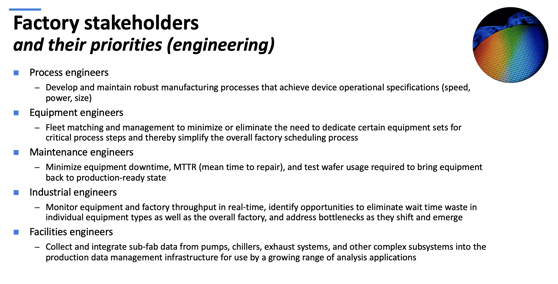
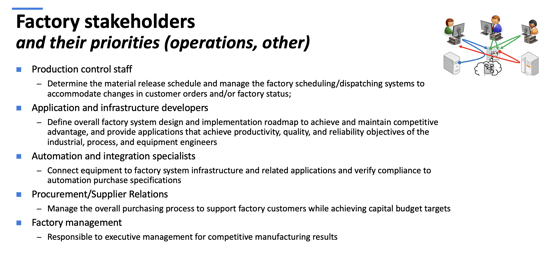



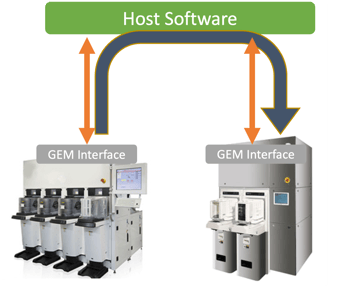
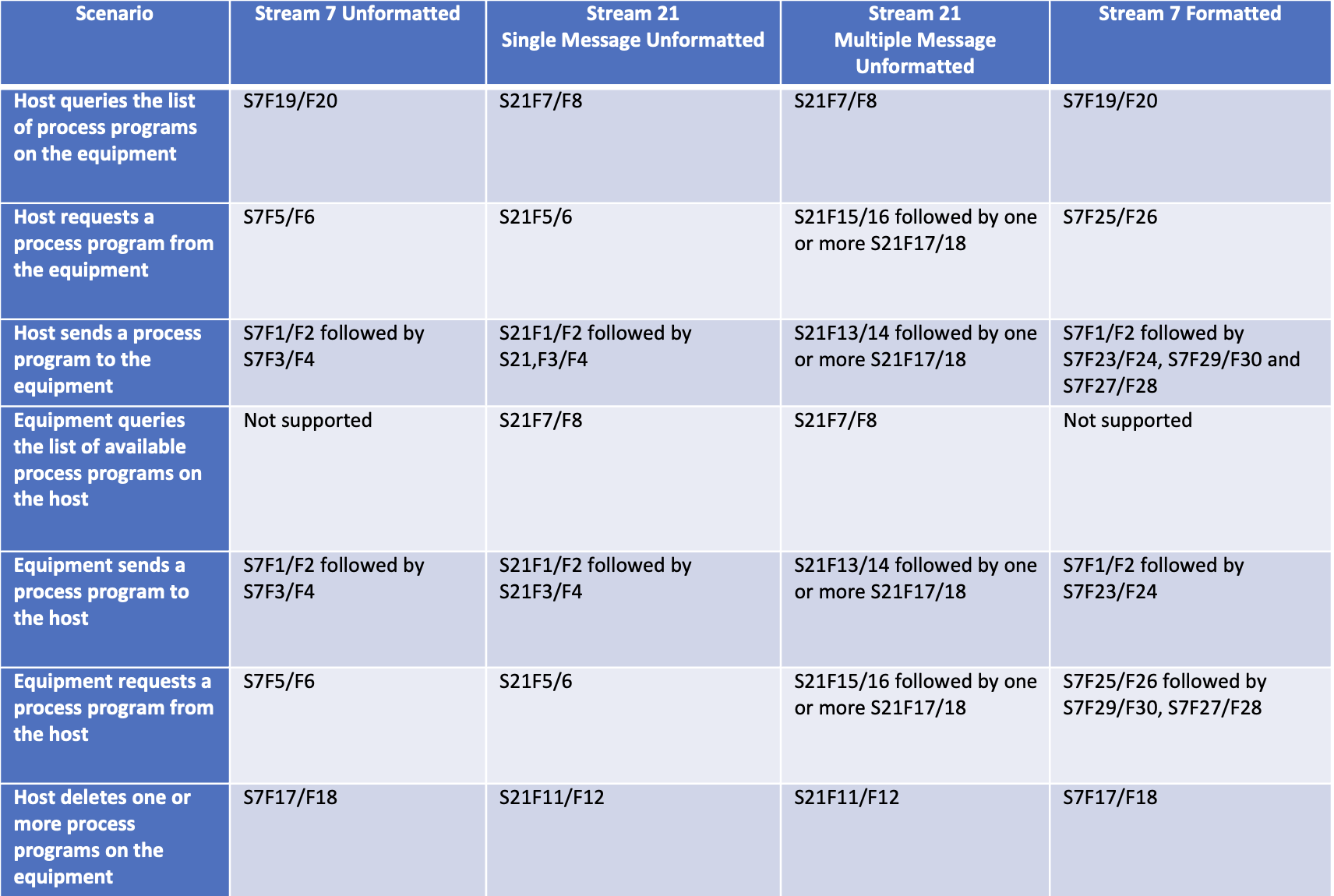
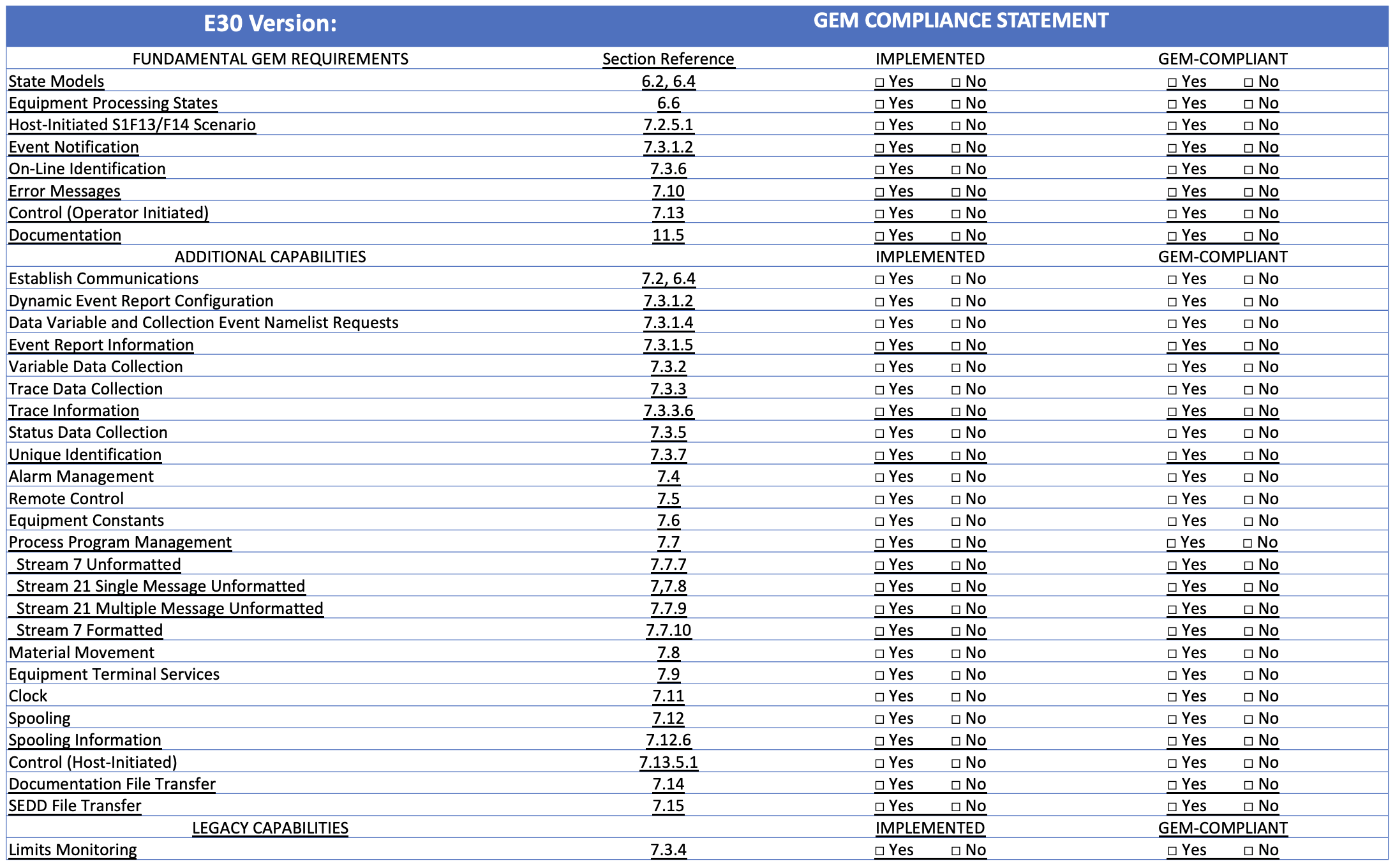
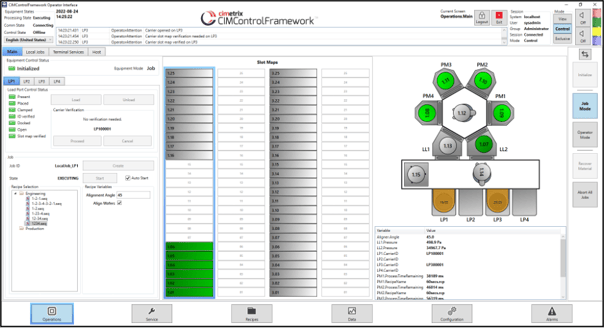
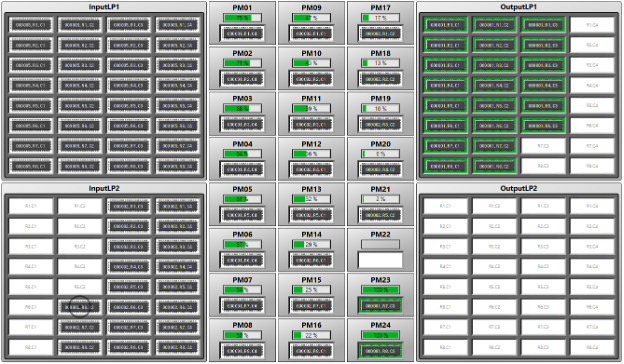 Both visualization examples were created with the same visualization library.
Both visualization examples were created with the same visualization library. These interlocks are generally based on states and are equipment-dependent. Software interlocks are not a replacement for hardware interlocks. Software interlocks are like a safety net—they are not normally needed, but when they are, there is a much lower risk of damage.
These interlocks are generally based on states and are equipment-dependent. Software interlocks are not a replacement for hardware interlocks. Software interlocks are like a safety net—they are not normally needed, but when they are, there is a much lower risk of damage. While it was cool to be able to connect to process or metrology equipment and collect data, specify the process, and monitor alarms, it was a big task to develop factory systems that interface to the equipment because each SECS-II interface was unique. One of the first tasks required when developing an interface was to perform an equipment characterization to understand and document the details of the SECS messages used by each equipment. The characterization report became the guide for developing the factory side interface to that particular piece of equipment.
While it was cool to be able to connect to process or metrology equipment and collect data, specify the process, and monitor alarms, it was a big task to develop factory systems that interface to the equipment because each SECS-II interface was unique. One of the first tasks required when developing an interface was to perform an equipment characterization to understand and document the details of the SECS messages used by each equipment. The characterization report became the guide for developing the factory side interface to that particular piece of equipment.
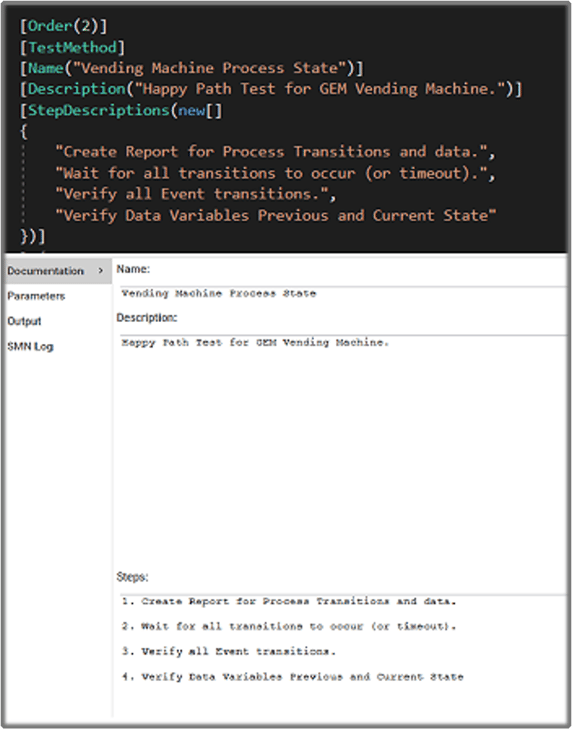
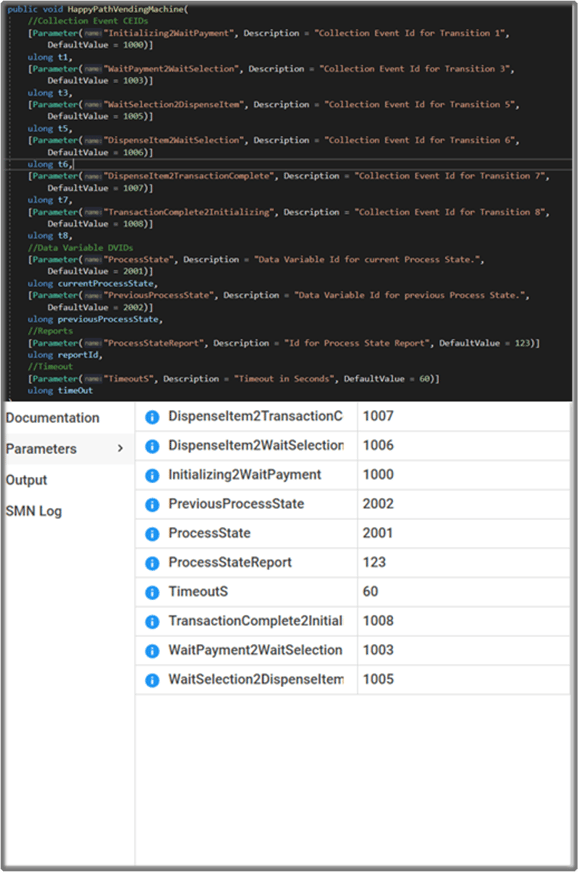
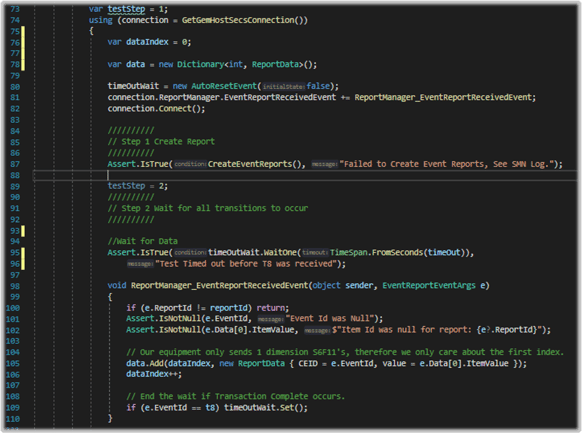
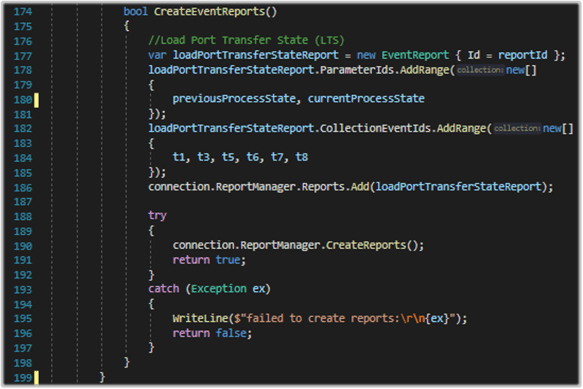 Test Steps 3-4
Test Steps 3-4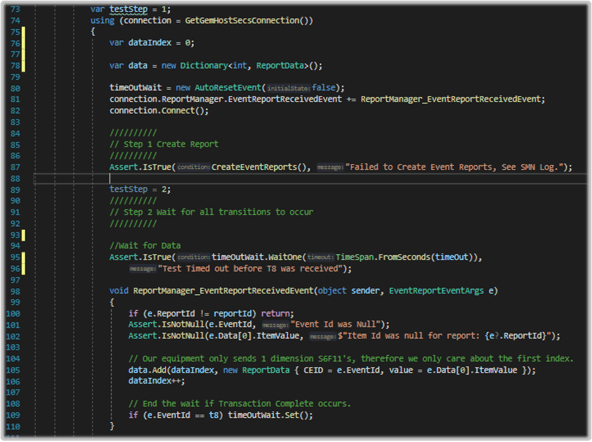 Conclusion
Conclusion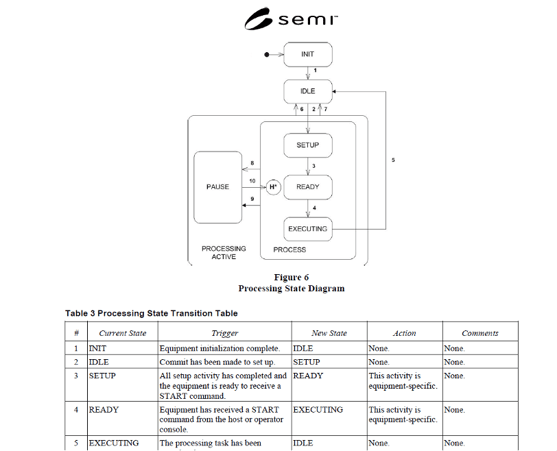 Process State Requirements
Process State Requirements SEMI E030-00-0520
SEMI E030-00-0520 SEMI E030-00-0520
SEMI E030-00-0520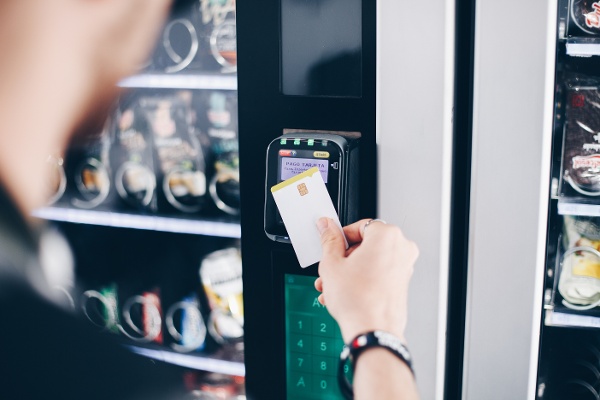
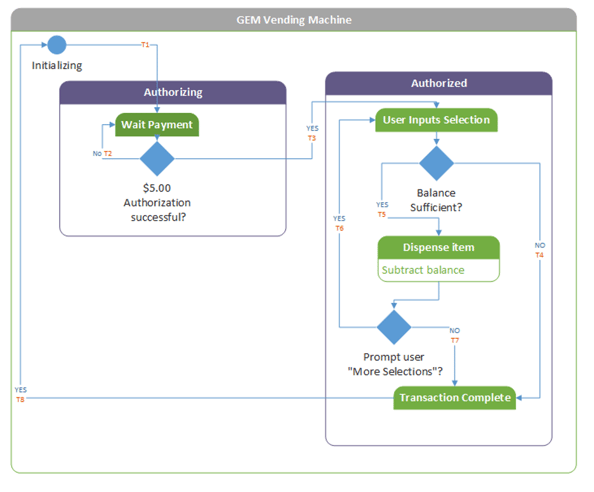
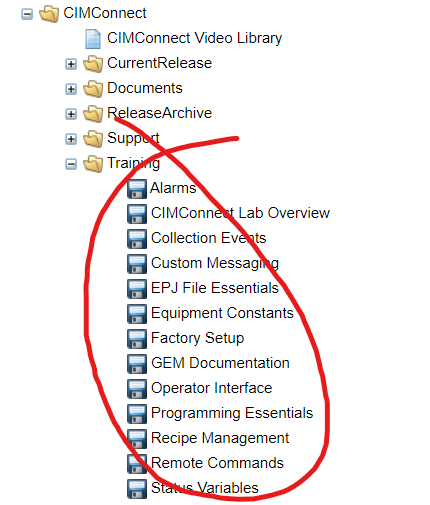
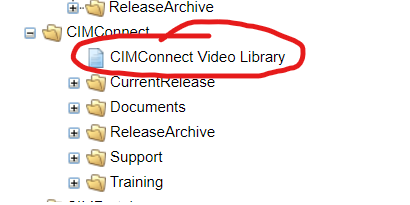
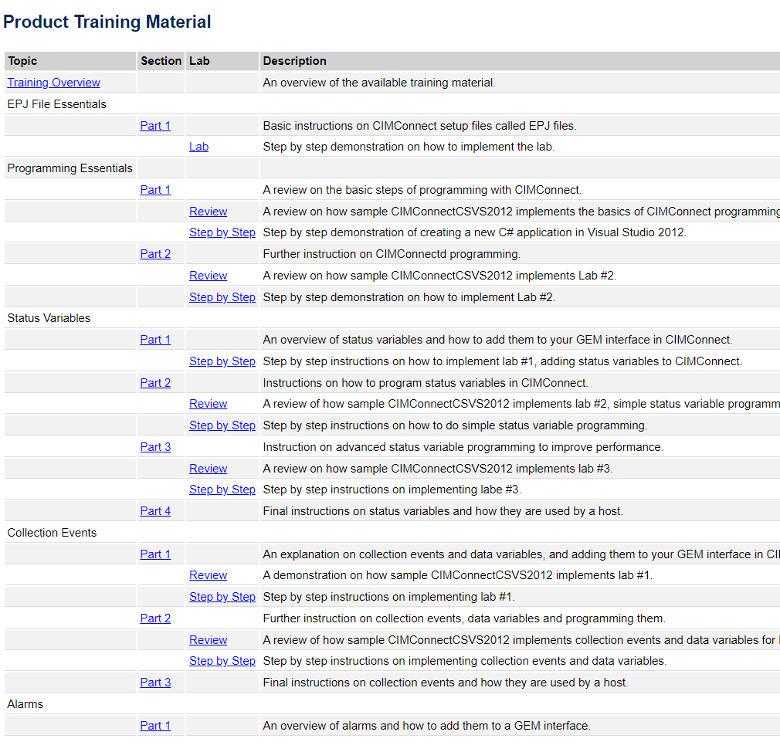
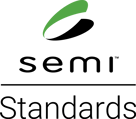 For the first time since the Fall of 2019, the SEMI North America Information & Control Committee (I&CC) was finally able to meet and conduct business online. Throughout all of 2020, the I&CC was not able to meet because SEMI regulations did not at that time allow voting in online meetings. Instead, only the task forces have been meeting. As a result, any passing ballots, unless super clean, had to wait for adjudication in the North America I&CC.
For the first time since the Fall of 2019, the SEMI North America Information & Control Committee (I&CC) was finally able to meet and conduct business online. Throughout all of 2020, the I&CC was not able to meet because SEMI regulations did not at that time allow voting in online meetings. Instead, only the task forces have been meeting. As a result, any passing ballots, unless super clean, had to wait for adjudication in the North America I&CC.
